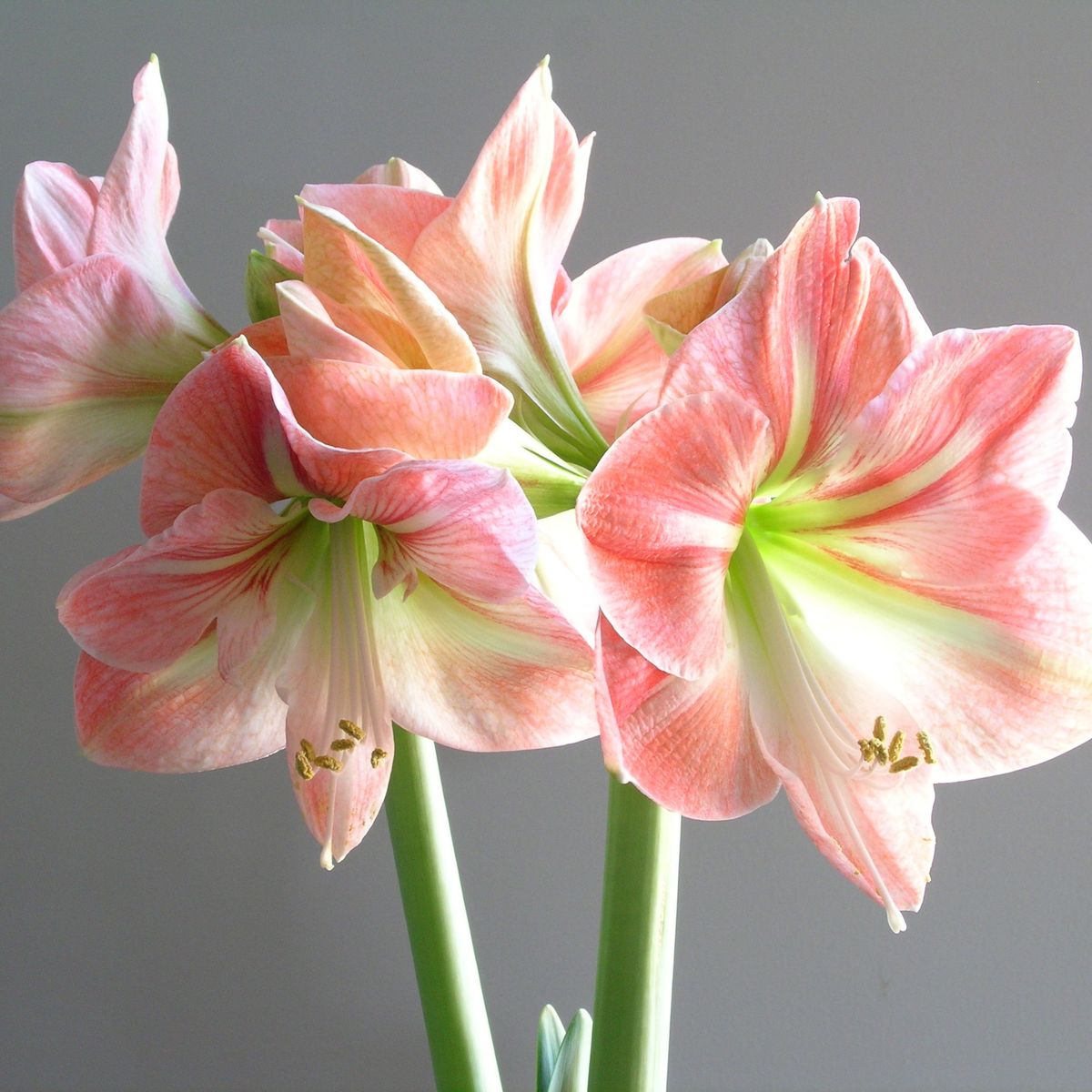Your Christmas tree doesn’t have to meet its end at the local landfill after the holidays. There are many ways to recycle it.
Send your tree back to nature by composting it. Shred the limbs finely and add them to the compost pile to improve the soil in your garden. Just keep in mind that it will take up to ten months for the material to completely decompose. You can rent shredders although they are useful during the growing season, too, so you might want to buy one or share the cost with gardening neighbors.
Or, if your community participates in the Merry Mulch Project sponsored by the Vermont Agency of Natural Resources and other cooperators, take your tree to a designated drop-off site. Be sure to remove the tinsel and decorations first. Call the toll-free Vermont Recycling Hotline at 1-800-932-7100 for information. Or check with your regional solid waste district to find out where you can drop off your tree.
Evergreen needles are an ideal mulch for shrubs and flowering plants. Or if snowfall is light, limbs can be used to cover perennials.
Clip off a few limbs for accents in winter floral arrangements or for mantle or table decorations. Fresh pine or balsam needles also may be placed in sachets and pot pourri containers for a pine scent that lingers long past the holidays. Make a Christmas-scented pot pourri by mixing equal amounts of balsam or pine needles, bayberry leaves, and tiny pinecones with orrisroot, a fixative that absorbs the scent. As a rule of thumb, use two tablespoons of fixative per five or six cups of dried materials. Add a few drops of a pine-scented oil. You can find orrisroot and oils at herbal shops, natural food co-ops, and many pharmacies and craft stores.
Another way to recycle your tree is to stand it upright in a corner of your yard as a shelter for wild birds. Decorate with strings of popcorn or pour melted peanut butter and bird seed over the branches to provide a food source for the birds throughout the winter. Or place your tree on its side in a woodsy area to serve as a hiding place for rabbits, moles, and other small rodents.
A more traditional use for a Christmas tree is as firewood. Cut the trunk into appropriate lengths for burning in your wood stove or fireplace and stack under a waterproof tarp, allowing for good air circulation and proper drying. However, be aware that blue spruce, pine, and other evergreen species will burn hot and fast, and the resin will bubble and pop as the wood burns.
SEND YOUR CHRISTMAS TREE BACK TO THE FUTURE
By Lisa Halvorsen
Garden Editor University of Vermont











